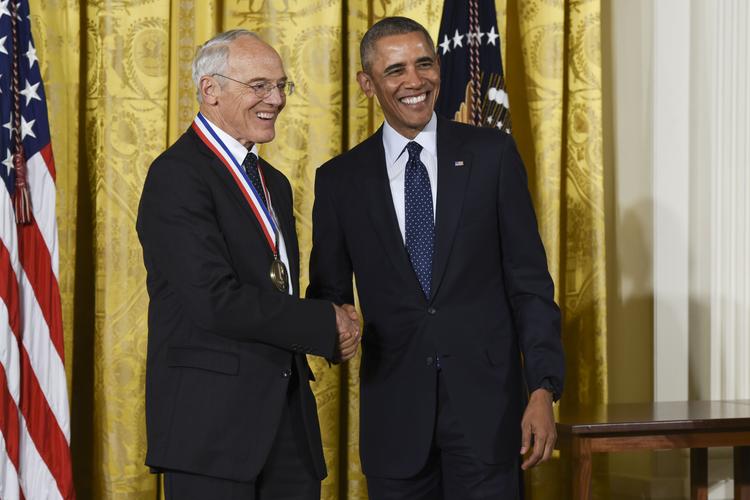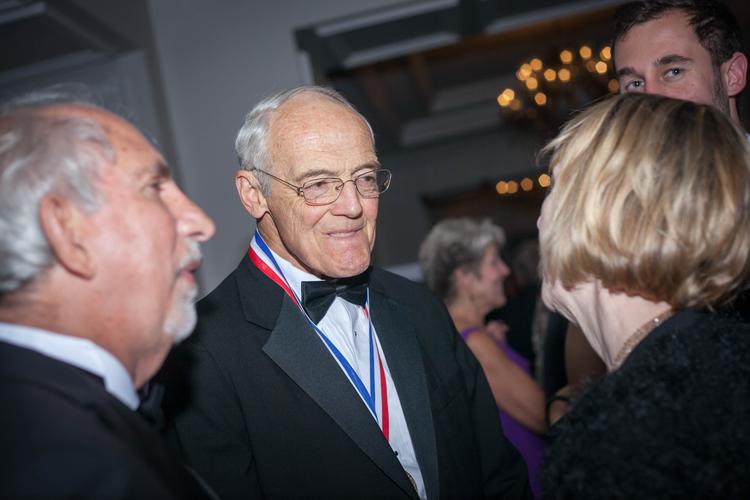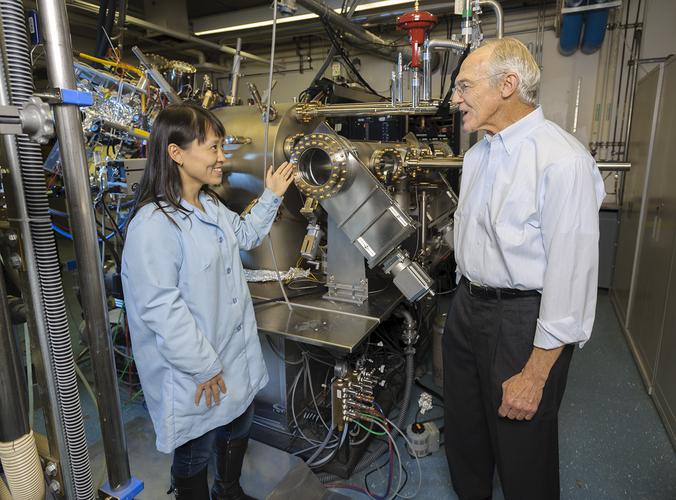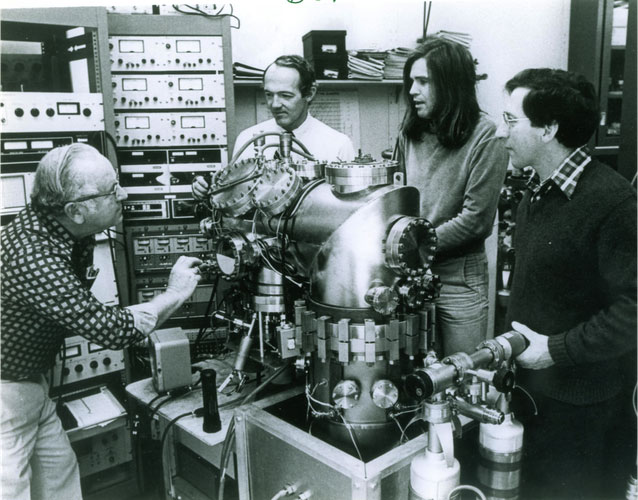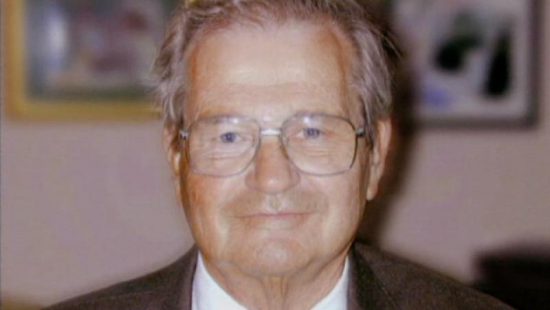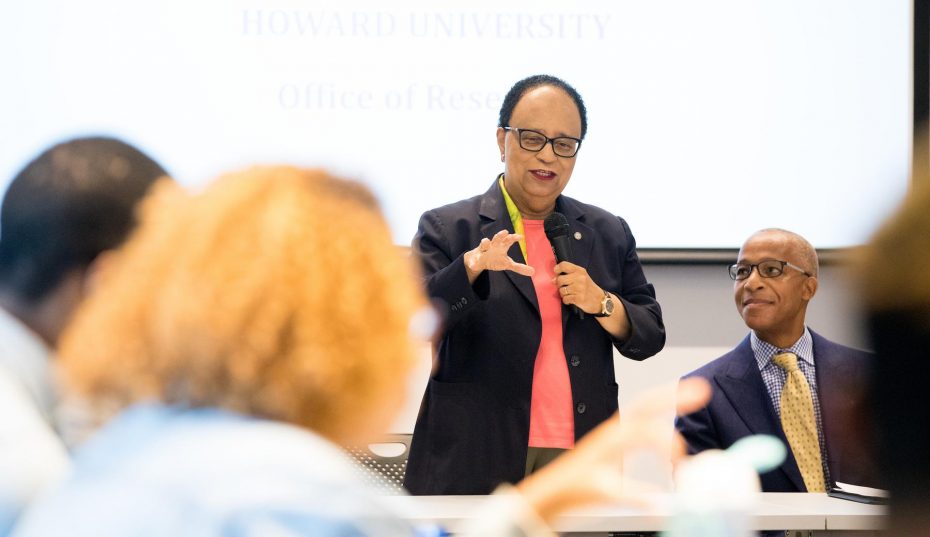If you’re reading this on a computer, semiconductors make it possible.
These chemical compounds – found in tiny components of computer chips – conduct electricity better than insulators, such as rubber, but worse than metals like copper.
In the devices that power our lives, these materials control the flow of electricity, and thereby information.
Arthur Gossard, a professor at University of California, Santa Barbara, helped revolutionize this process, developing ultra-thin layers of semiconductors such as gallium arsenide using “molecular beam epitaxy.”
The technique, which takes place inside a vacuum, involves firing beams of hot molecules into a surface to form thin, crystal layers.
A result of Gossard’s research, technology companies can create microscopic layers of matter – just a few atoms thick – which allow for a faster flow of electrons, making devices from mobile phones to solar panels faster and more energy efficient.


